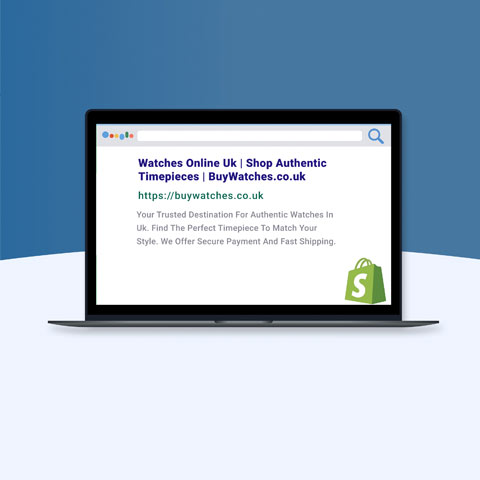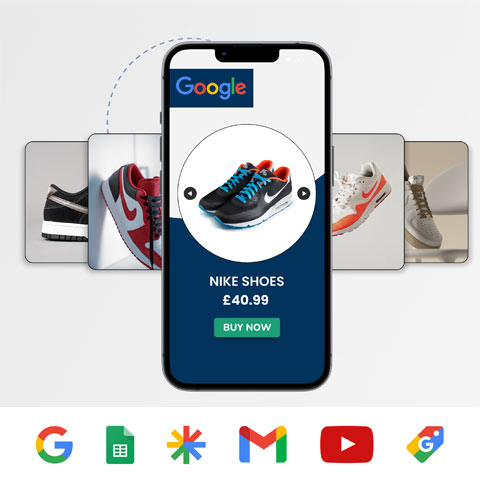Three Deadly B2B eCommerce Sins - And How To Stop Them


The millennials have arrived. This generation is now the largest in the labor force, according to research released last year by the Pew Institute, with more than one-in-three American employees counting themselves as millennials.
This trend is not expected to reverse in the foreseeable future, either — the Census Bureau projects that the Millennial population will continue to rise in the coming years, and Pew expects the amount of these workers to rise in step. These young employees are making their presence felt, and changing the way many companies, and even whole industries, do business.
While these generational shifts affect a range of industries, they have been particularly pronounced in the B2B sector. According to a report issued by Avionos earlier this year, more B2B buyers (33%) said they started their purchasing journey via a search engine like Google and Amazon Business even before visiting a supplier’s own website or portal (32%). Many millennial buyers use these sites in hopes of finding the same user-friendly experience they’ve grown accustomed to when buying products online as a consumer.
But while the inspiration for this shift may have been convenience and familiarity, those factors aren’t the deciding factors when millennial B2B buyers make a purchase.
The most important factors motivating young B2B buyers are the foundations underlying a convenient and familiar customer experience, namely your product information and product experience.
According to Avionos researchers, high-quality, accurate, and compelling product information can lead to increased purchases, while inaccurate, inconsistent, or otherwise, low-quality product descriptions can send B2B buyers running for a competitor’s site — 84% of businesses said product content has stopped them from completing a purchase with a supplier. Fortunately, there is a solution — Product Information Management (PIM) and Product Experience Management (PXM) can help you optimize your product assets, data, and description, and connect with customers.
Let’s take a look at the biggest issues leading to this purchase abandonment, and how your business can use PIM and PXM to keep B2B buyers from searching elsewhere.
1. No product information
Whether they’re buying for their own needs or for their company’s, customers want to understand exactly what they’re paying for. That may be why a lack of product information is so disastrous for B2B sellers.
In this age of information, consumers and B2B buyers alike want, and expect, to be able to conduct extensive research into a product, it’s price, uses, and other options before finally completing a transaction. If your company doesn’t offer customers comprehensive product information and make it easy to find (more on this later), it likely won’t matter how well-designed or produced those products are, or what features and capabilities differentiate it from the competition. Buyers will simply move on to another seller that allows them to easily access the information and data they feel they need to know before making a purchase.
Use PIM and PXM to enrich your eCommerce store with accurate, consistent, and emotionally compelling information about whatever it is you’re selling. Research shows that this content is typically a major motivating factor for B2B buyers.
2. Bad product information
It’s important to have your product information online — but it’s even more crucial to ensure that the information you’re presenting to customers is both accurate and consistent.
Nearly one-third (32%) of consumers said they had abandoned a planned purchase due to incorrect or inconsistent product data or descriptions. If a customer does not feel confident regarding the price they’re paying, the product they’re purchasing, when their order will arrive, or any other part of the purchase process, they’re likely to abandon that purchase and complete the sale via a merchant who makes them feel safe and secure regarding their purchase.
A good PIM or PXM solution, however, can help you and your company avoid losing potential customers due to bad product information, with product completeness, validation, and automated enrichment rule features. These capabilities can make sure incomplete, incorrect or inconsistent information is never published on your website, preventing confusion among customers.
3. Hidden product information
If incorrect product information is bad, however, hidden product information may be even worse. An even higher percentage (35% to be exact) of millennial B2B buyers said that difficulty finding information about certain products led them to abandon a purchase.
Pre-purchase research is typically done via consumer-friendly search engines like Google, and as a result, B2B and B2C companies alike need to ensure that their product descriptions and data can be easily found by a search engine. After all, if the search engines buyers use to find products can’t find yours, customers won’t find it either.
PIM and PXM can help you make sure that buyers will be able to easily find information regarding the products they’re hoping to purchase. A good solution can also make sure that the content you show to customers is presented in the proper manner and context for the channel they’re using.
Beat B2B challenges and make sales boom
B2B commerce has seen major changes in recent years — an influx of younger, digitally-native millennials have infiltrated the workforce and are pushing the industry to become more cutting edge. As a result, eCommerce has become a major revenue stream even for B2B sellers, but one that is difficult to master.
But by using PIM and PXM to enrich and optimize your product experience and information, your business can take advantage of these shifts in the industry.
Ready to beat B2B challenges and make sales boom? Contact Akeneo to learn more about how Product Information Management and Product Experience Management can help you boost B2B sales, or take a look at Product Information Management 101
Want more like this?
Want more like this?
Insight delivered to your inbox
Keep up to date with our free email. Hand picked whitepapers and posts from our blog, as well as exclusive videos and webinar invitations keep our Users one step ahead.
By clicking 'SIGN UP', you agree to our Terms of Use and Privacy Policy


By clicking 'SIGN UP', you agree to our Terms of Use and Privacy Policy
Other content you may be interested in
Categories
Categories

Want more like this?


Want more like this?
Insight delivered to your inbox
Keep up to date with our free email. Hand picked whitepapers and posts from our blog, as well as exclusive videos and webinar invitations keep our Users one step ahead.
By clicking 'SIGN UP', you agree to our Terms of Use and Privacy Policy





![[Research] Apps: The Secret Engine of Ecommerce Growth [Research] Apps: The Secret Engine of Ecommerce Growth](https://images.bizibl.com/sites/default/files/apps-and-web-similarweb-480.jpg)



